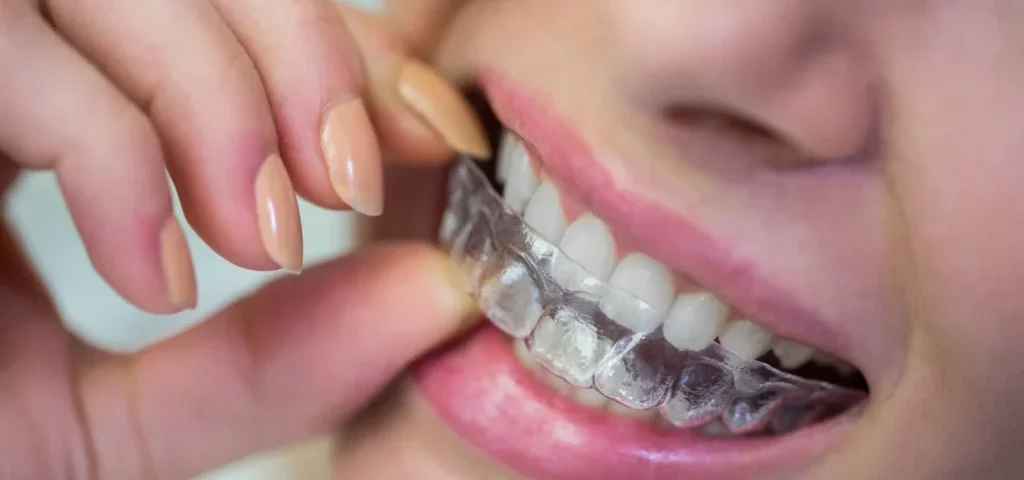
The Benefits of Regular Podiatrist Check-Ups
October 1, 2025
The Role of Nutrition in Supporting Women’s Health
October 2, 2025Choosing the right orthodontic treatment is a step toward achieving the desired smile and bite alignment. Many individuals weigh the differences between modern clear aligners and conventional orthodontic methods. Understanding the distinct features, processes, and factors of each option is beneficial for making an informed choice that aligns with personal preferences and lifestyle needs. Here you can explore two popular orthodontic solutions: Invisalign and traditional braces.
Invisalign
Invisalign uses a series of custom-made, clear plastic aligners to gradually shift teeth into their correct positions. This approach has gained popularity due to its discreet appearance and removable design. The treatment process is digitally planned from start to finish, offering a predictable path toward the final result.
The Treatment Process
Treatment begins with a detailed digital scan or impression of your teeth. This scan creates a precise 3D model of your mouth. An orthodontist maps out the exact movement of your teeth to their final placement. Based on this plan, we fabricate a series of custom aligners. You wear each set for approximately one to two weeks before progressing to the next in the series.
Lifestyle Factors
The way Invisalign aligners are removable provides flexibility that many find appealing. Aligners can be taken out for eating, drinking, brushing, and flossing, which means there are no dietary restrictions and oral hygiene is easier to maintain compared to fixed appliances. For the treatment to be effective, patients must wear the aligners for most of the day, except for eating.
Traditional Braces
For many decades, traditional braces have reliably corrected dental misalignments. They consist of metal or ceramic brackets, which orthodontists bond to the front of each tooth and connect with a thin archwire. The orthodontist periodically adjusts the wire to apply gentle, constant pressure, guiding the teeth into their proper alignment over time. This method effectively treats a wide range of orthodontic issues, from simple to highly complex cases. The components of traditional braces include:
- Brackets: Small metal or ceramic squares that bond directly to the teeth.
- Archwire: A thin metal wire that runs through the brackets and applies the pressure that moves the teeth.
- Ligatures (Bands): Small elastic or metal ties that hold the archwire to the brackets.
Because braces remain fixed to the teeth, they work continuously throughout the treatment period, eliminating the need for patients to remember to wear them. Patients do need to be mindful of their diet, avoiding hard, sticky, or chewy foods that could damage the appliance. Patients must also maintain meticulous oral hygiene to prevent plaque buildup around the brackets.
Choose Your Smile Solution
Both Invisalign and traditional braces are effective tools for straightening teeth and improving oral function. The choice between them often comes down to the complexity of the orthodontic case, lifestyle factors, and personal preference. A discussion with an orthodontist can give you some clarity on which treatment is best suited to address your specific needs and help you achieve your desired outcome. To determine the most appropriate path for your orthodontic care, schedule a consultation with a qualified dental professional.




